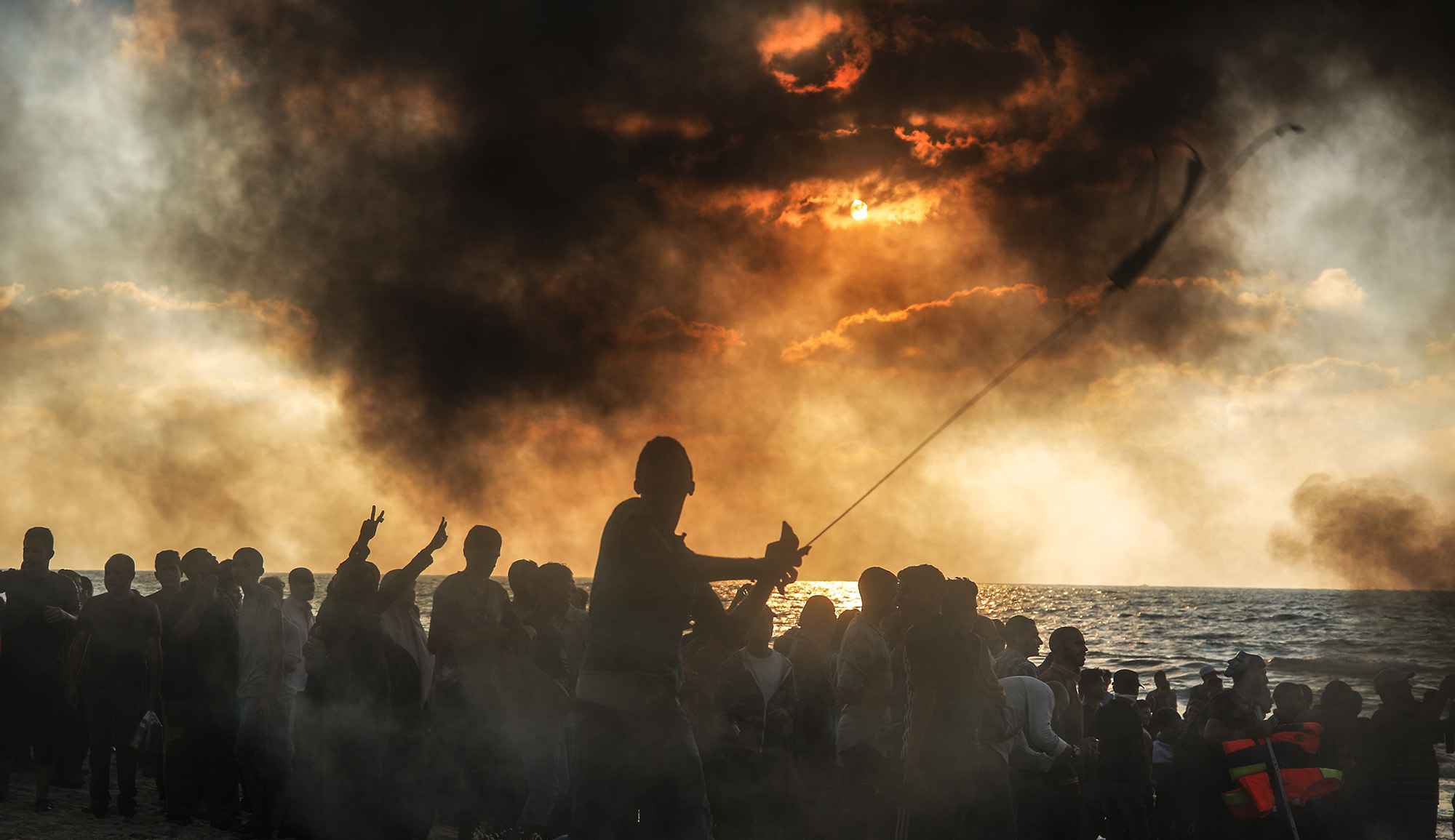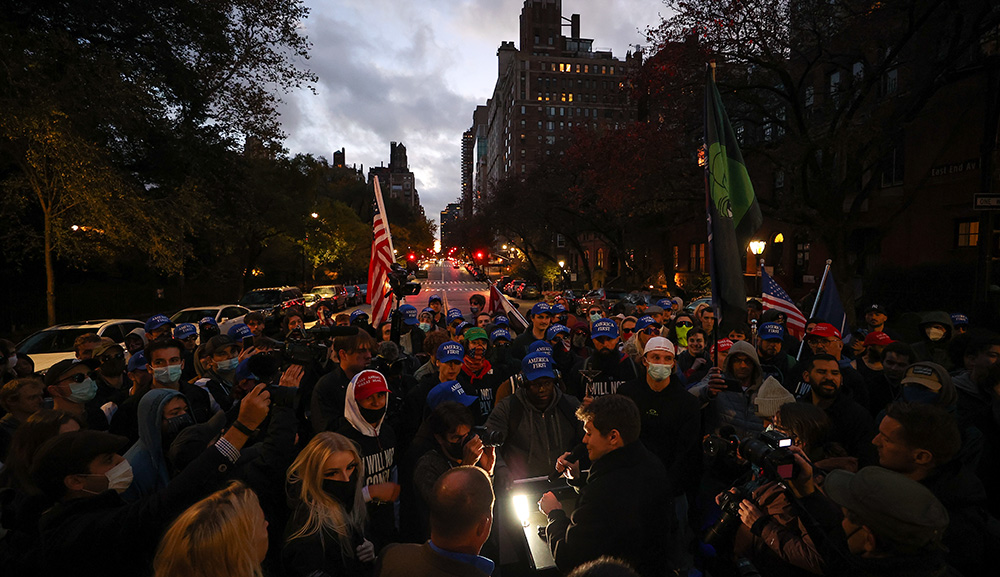A month ago, the IDF’s 162nd Division pulled out of central Gaza, allowing hundreds of terrorists to reestablish a presence at al-Shifa Hospital. Troops from the 162nd then engaged them in a battle, lasting over a week, that was one of the most successful Israeli operations of the war. Ron Ben-Yishai believes the recent withdrawal is part of a similar plan, and he is confident it is a sound one:
Specifics cannot be divulged, but the 98th Division’s exit from Khan Younis is designed, in part, to open up opportunities for unexpected, intelligence-guided strikes that will catch Hamas terrorists off guard. . . . Relocating the 98th Division units from Khan Younis puts them less than an hour from any target location, including Rafah. It’s important to note that all intelligence, air, and ground-fire resources currently active in Khan Younis will remain in place, allowing uninterrupted intelligence and operational activities.
The shift to a new strategy offers two key advantages: first, it reduces the forces’ vulnerability to terrorist attacks by avoiding static positions, and second, it enables them to reach any current location in under an hour.
It is important to note one more issue: highly reliable sources say that the move of the 98th Division out of the area has been planned for several weeks and has nothing to do with the political crisis in relations with the U.S. government.
But even if the withdrawal is not a response to mounting pressure from the White House to ratchet down military operations, Rich Goldberg believes it still looks that way to outsiders. And that, Goldberg argues, is a problem in itself, even if the move makes sense from a purely military perspective:
The problem for Israel . . . is that in the Middle East, perception is reality. Look at the chessboard from Tehran’s point of view: Biden is giving Iran a $10 billion sanctions waiver and free flow of oil to China, offering carrots to the Houthis in Yemen amid nonstop attacks in the Red Sea, and holding Israel back from military operations in southern Lebanon to destroy Hizballah’s capabilities near Israel’s northern border.
Now comes a decision that looks a lot like backing down from Hamas destruction in Gaza, too. . . . What Israeli operations will be conducted—on any and all fronts where Iran fights—that put Tehran and its proxies back on their heels? And what steps will the White House and Congress take to make sure Tehran believes the United States still has Israel’s back?
The answer to these questions will determine Israel’s fate—not the timing of any single move in Gaza.
More about: Gaza War 2023, Israeli Security, U.S.-Israel relationship


